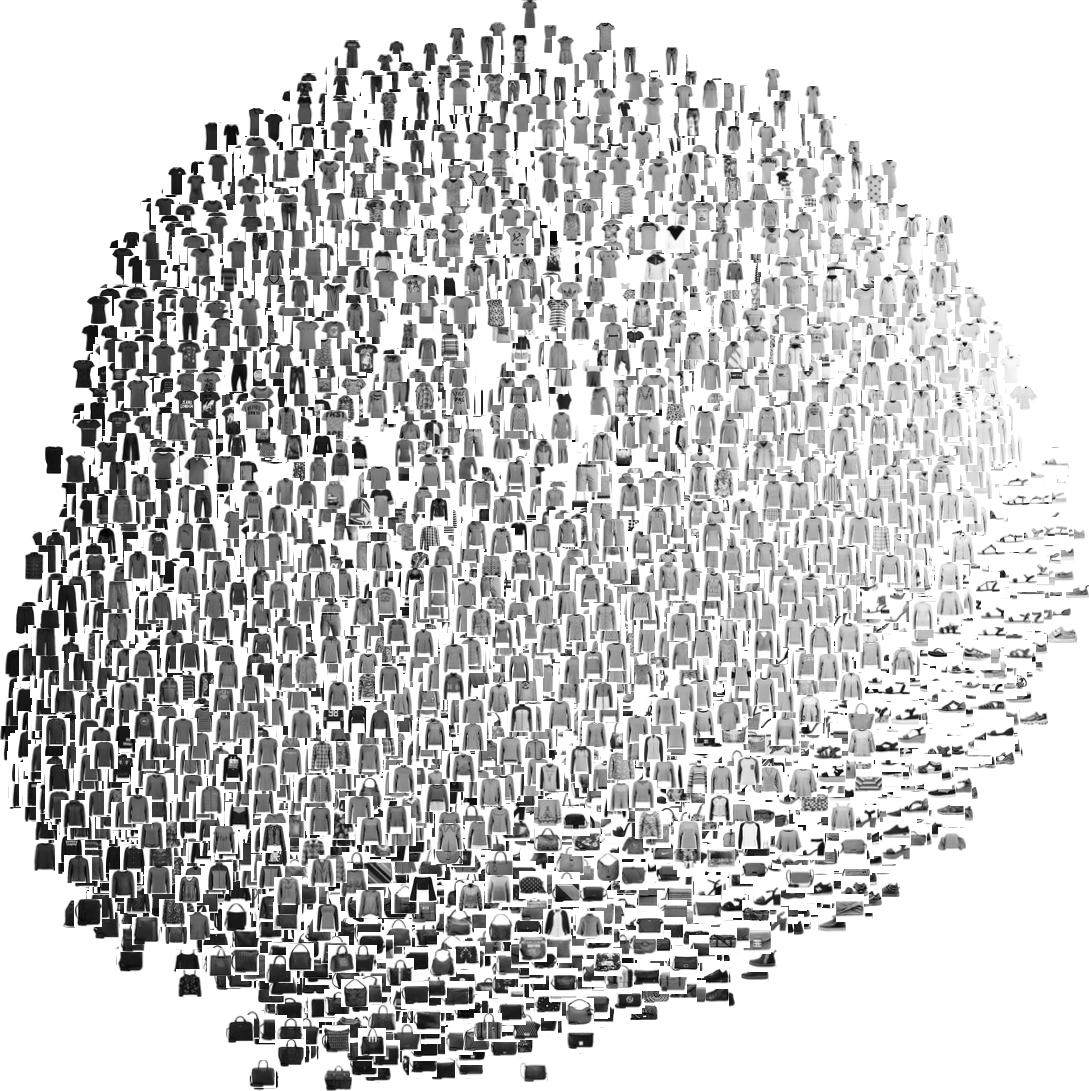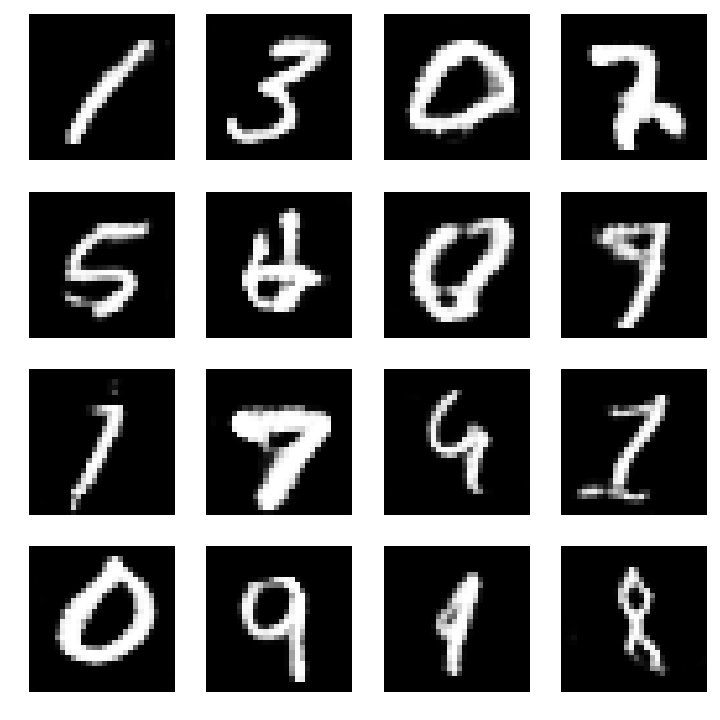

In situ TensorView is a loosely coupled in situ visualization openįramework that provides multiple viewers to help users to visualize and The training and functioning of CNNs as if they are systems of scientific We present in situ TensorView to visualize Simulations, visualization tools like Paraview have long been utilized to Networks are learning and making predictions. It is both interesting and helpful to visualize the dynamics within such deepĪrtificial neural networks so that people can understand how these artificial They can adapt their internal connections to recognize images, texts and more. 108-120.Convolutional Neural Networks(CNNs) are complex systems. In Proceedings of the International Workshop on Performance Modeling, Benchmarking and Simulation of High Performance Computer Systems (PMBS). Evaluating the impact of spiking neural network traffic on extreme-scale hybrid systems. Noah Wolfe, Mark Plagge, Misbah Mubarak, Christopher D Carothers, and Robert B Ross.In Proceedings of the 2017 17th IEEE/ACM international symposium on Cluster, Cloud and Grid Computing. Preliminary Performance Analysis of Multi-Rail Fat-Tree Networks. Noah Wolfe, Misbah Mubarak, Nikhil Jain, Jens Domke, Abhinav Bhatele, Christopher D.Graph visualization for the analysis of the structure and dynamics of extreme-scale supercomputers. Kenneth L Summers, Thomas P Caudell, Kathryn Berkbigler, Brian Bush, Kei Davis, and Steve Smith.In Tools for High Performance Computing 2014. A flexible data model to support multi-domain performance analysis. Martin Schulz, Abhinav Bhatele, David Böhme, Peer-Timo Bremer, Todd Gamblin, Alfredo Gimenez, and Kate Isaacs.


Caitlin Ross, Christopher D Carothers, Misbah Mubarak, Philip Carns, Robert Ross, Jianping Kelvin Li, and Kwan-Liu Ma.ACM Transactions on Modeling and Computer Simulation (TOMACS), Vol. Nemo: A massively parallel discrete-event simulation model for neuromorphic architectures. Mark Plagge, Christopher D Carothers, Elsa Gonsiorowski, and Neil Mcglohon.Interactive parallel simulations with the Jane framework. Kalyan S Perumalla and Richard M Fujimoto.Argonne National Laboratory, Argonne, IL (United States). Validation study of CODES dragonfly network model with Theta Cray XC system. IEEE Transactions on Parallel and Distributed Systems, Vol. Enabling Parallel Simulation of Large-Scale HPC Network Systems. Misbah Mubarak, Christopher D Carothers, Robert B Ross, and Philip Carns.Yann LeCun, Corinna Cortes, and Christopher J.C.IEEE Transactions on Visualization & Computer Graphics 12 (2012), 2467-2476. Visualizing network traffic to understand the performance of massively parallel simulations. Aaditya G Landge, Joshua A Levine, Abhinav Bhatele, Katherine E Isaacs, Todd Gamblin, Martin Schulz, Steve H Langer, Peer-Timo Bremer, and Valerio Pascucci.State of the art of performance visualization.

Katherine E Isaacs, Alfredo Giménez, Ilir Jusufi, Todd Gamblin, Abhinav Bhatele, Martin Schulz, Bernd Hamann, and Peer-Timo Bremer.A visual environment for distributed simulation systems. James H Graham, Adel S Elmaghraby, Irfan Karachiwala, and Hussam Soliman.Graph drawing by force-directed placement. Thomas MJ Fruchterman and Edward M Reingold.Co-design at Lawrence Livermore National Laboratory.In Proceedings of the 29th conference on Winter simulation. Visualizing parallel simulations in network computing environments: a case study. Christopher D Carothers, Brad Topol, Richard M Fujimoto, John T Stasko, and Vaidy Sunderam.ROSS: A High-Performance, Low-Memory, Modular Time Warp System. Christopher D Carothers, David Bauer, and Shawn Pearce.The ParaView Guide: A Parallel Visualization Application.


 0 kommentar(er)
0 kommentar(er)
